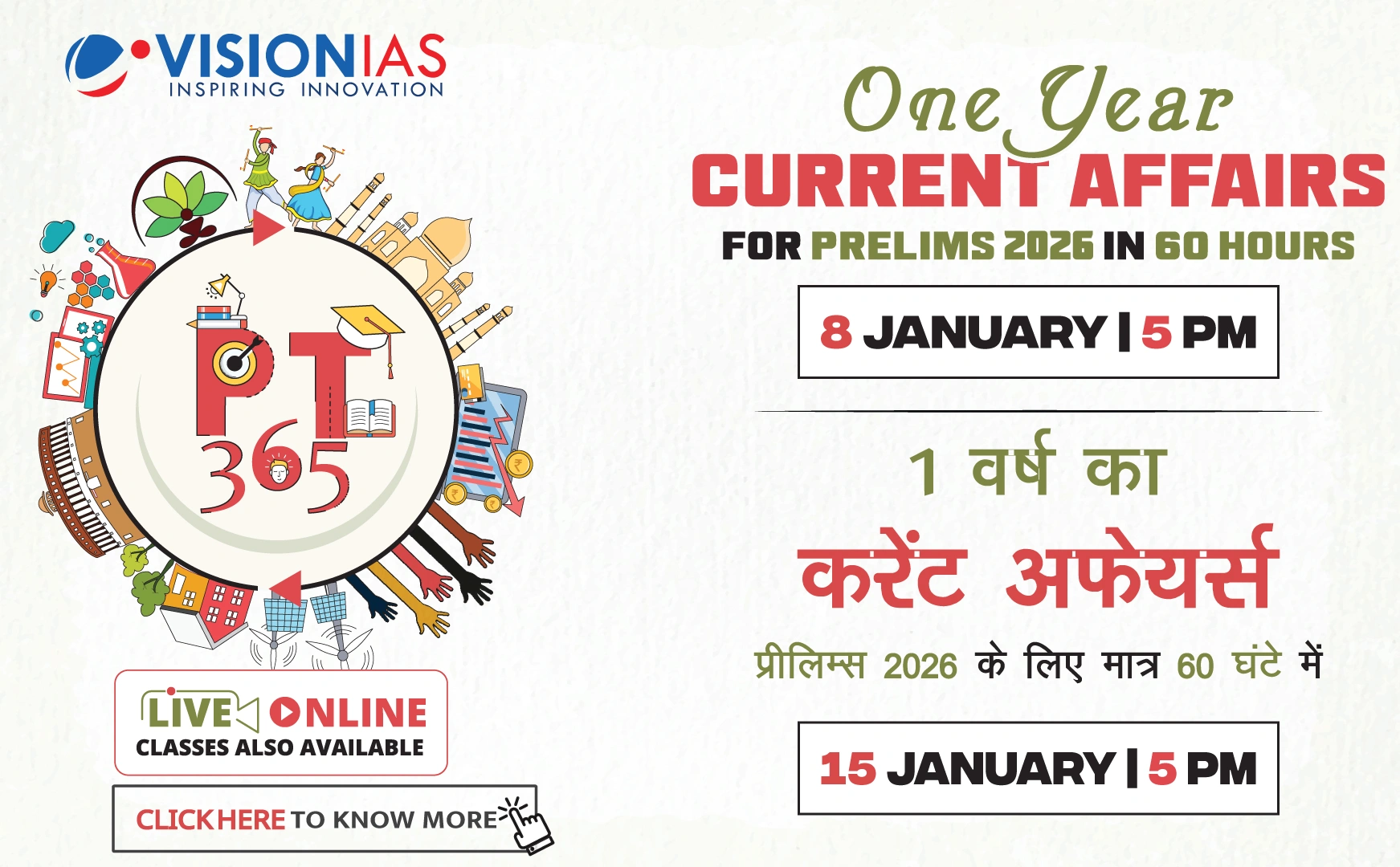Critical Minerals and Geoeconomic Implications
Critical minerals are increasingly central to global industrial development, underpinning advanced manufacturing, clean energy, strategic technologies, and national security. The demand for minerals such as lithium, cobalt, nickel, graphite, and rare earth elements is rising due to energy transitions and digitalization.
Global Supply Chain Dynamics
- Geographical Concentration: Critical minerals have a high geographical concentration, with China dominating the midstream processing stage for many key minerals.
- China's Dominance: China accounts for over 90% of rare earth refining, 70% of cobalt processing, and about 60% of lithium conversion, thanks to strategic investments and policy planning over decades.
India's Strategic Response
- National Critical Mineral Mission (NCMM): Announced to secure supply chains by ensuring availability.
- Import Dependency: India is 100% import-dependent for lithium, cobalt, nickel, rare earth elements, and silicon.
- Exploration Initiatives: The Geological Survey of India has increased exploration efforts, with significant projects underway.
Challenges and Opportunities
- Midstream Bottlenecks: India lacks sufficient capacity for refining and processing minerals into usable materials.
- Investment and Auctions: High capital costs and limited processing capacity have hindered auction success, highlighting the need for policy refinement.
- Export Restrictions: China's export restrictions on rare earth elements threaten India’s automotive sector.
Strategic Partnerships and Initiatives
- International Collaborations: India is engaging with partners like Australia and Argentina to diversify supply chains.
- Geopolitical Platforms: Leveraging platforms like the Quad and G20 for stable trade relationships.
- Stockpiling Framework: Developing a framework to buffer against supply disruptions and price volatility.
Sustainable and Circular Economy Approaches
- Recycling Initiatives: Promoting formal collection and recovery processes for batteries and electronics.
- Sustainable Mining Practices: Ensuring environmentally responsible mining, especially in sensitive areas, with comprehensive ESG frameworks.
Sector-Specific Policy Recommendations
- Demand and Supply Assessments: Policies should be informed by assessments of future demand and technological developments.
- Periodic Reassessment: India should periodically review its critical mineral list to adapt to domestic and global shifts.
The competition over critical minerals is crucial for future economic resilience and technological sovereignty. India's success in this area will depend on timely execution, institutional support, and a commitment to sustainability and global alignment.



